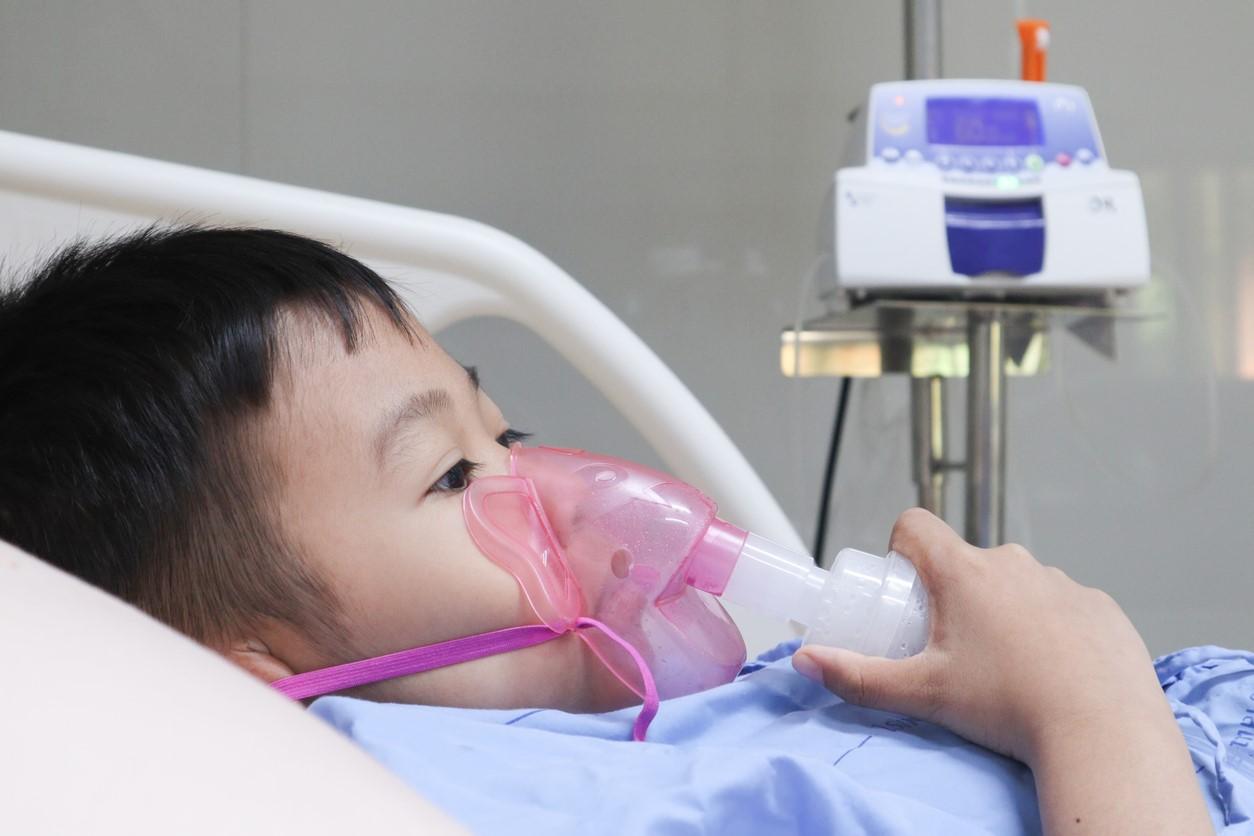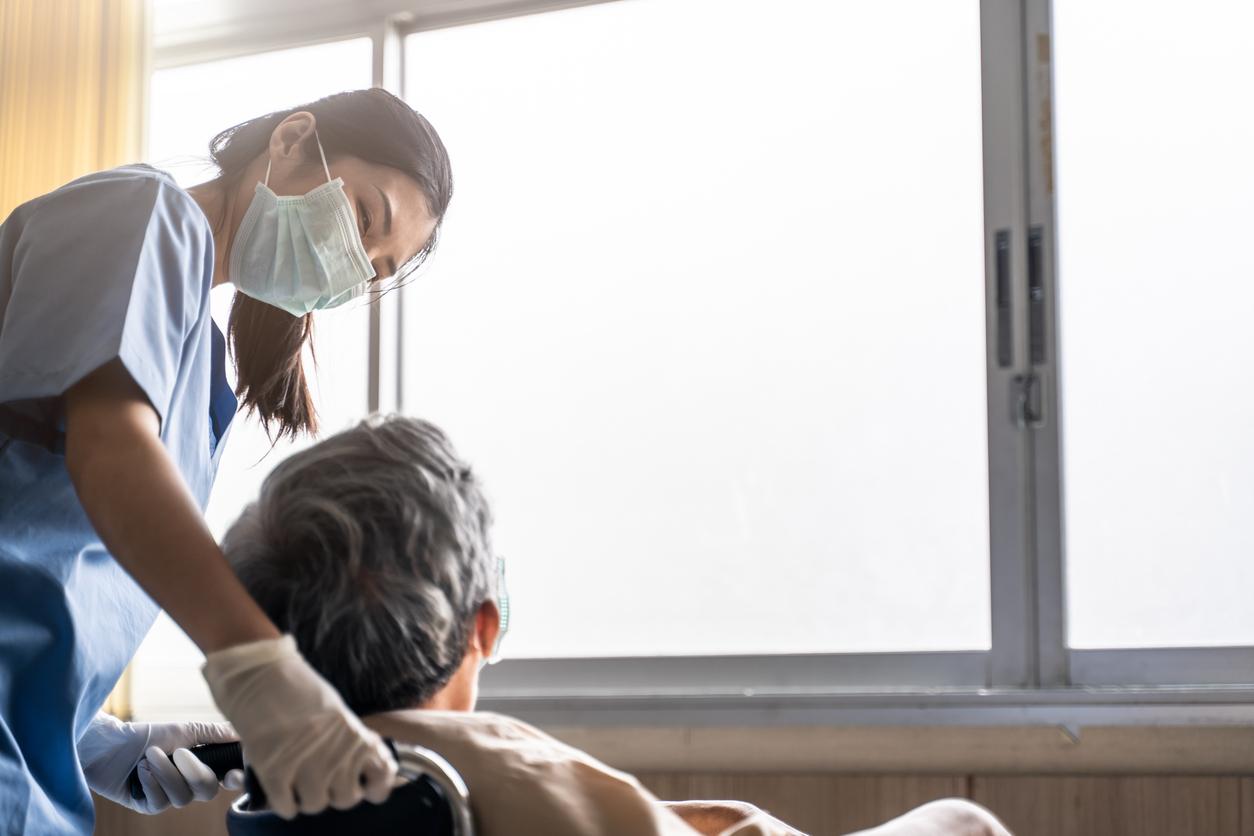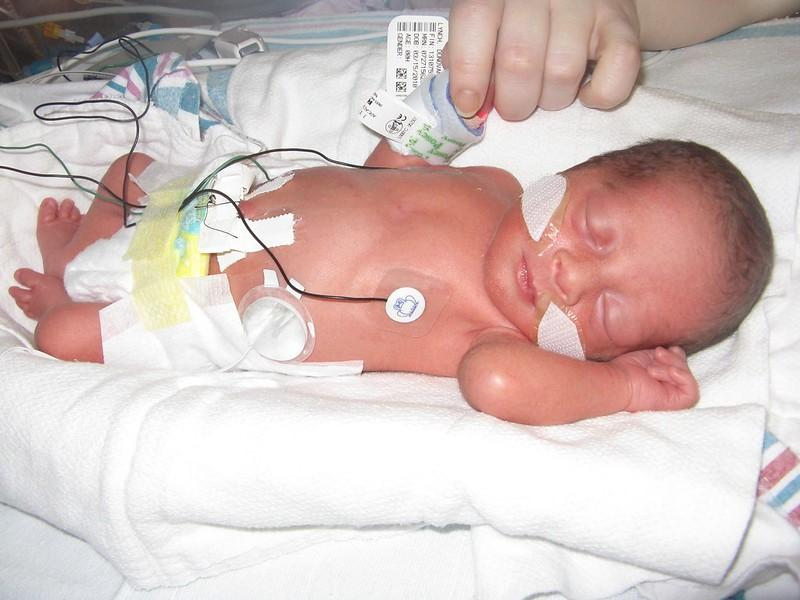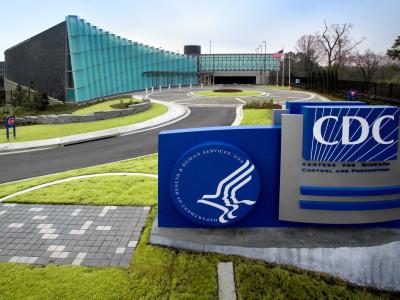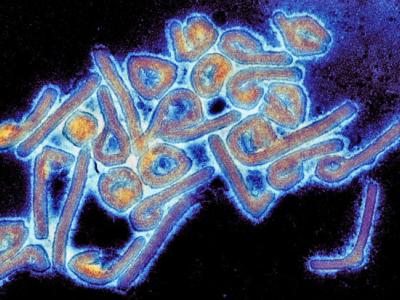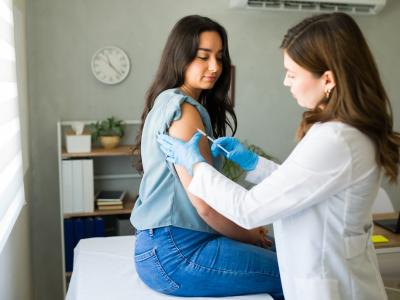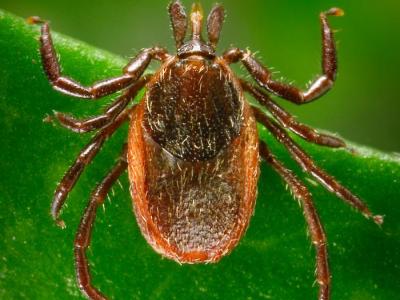France’s health ministry today reported the country’s first clade 1b mpox case, which involves a person from Brittany who hadn’t traveled abroad, but was in contact with two people who had returned from Central Africa.
.jpg)
In a statement, officials said an investigation is underway to determine how the patient contracted the virus and to identify others who may be at risk. They said the overall risk to the general public in France and Europe is low, but sporadic cases linked to outbreak countries may occur.
The case from France marks the eleventh country outside of Africa to detect clade 1 mpox, which is different than the clade 2 virus circulating globally. Most were imported cases linked to African travel, but detections in India, Pakistan, and Oman were related to travel to the United Arab Emirates.
Limited secondary transmission was reported in household index cases in the United Kingdom in October, and Germany in December.
Several African countries have been battling mpox outbreaks involving a mix of clades over the past year, with the Democratic Republic of the Congo (DRC) remaining the primary hot spot. The novel clade 1b is driving much of the activity in the DRC and has spread to a handful of other countries. The arrival of the new clade has some with broader transmission patterns, including household spread that has especially affected children.
